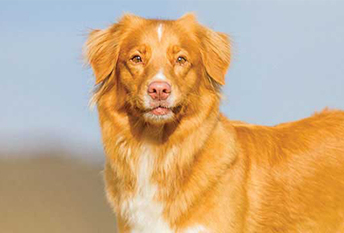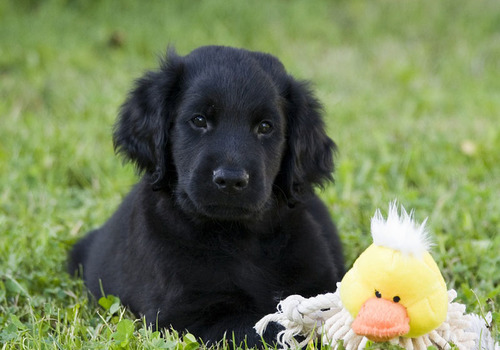The Flat-Coated Retriever was once considered a generic "Labrador" type dog, called a "Retriever Proper." It was developed in the 1800s from various retriever and spaniel water type dogs such as theNewfoundland,Irish Setter,Labrador Retriever,Irish Water Spanieland possibly theCollie.
Some of these dogs were born with a flat, wavy coat and eventually they were categorized as a separate breed becoming the Flat-Coated Retriever. The Flat-Coats became very popular until the beginning of the World War when their numbers dwindled and their popularity never reached those high numbers again.
More people choose to own a Labrador orGolden Retrieverbecause they are cheaper and easier to find. The Flat-Coated Retriever was recognized by the AKC in 1915. Some of the Flat-Coated Retriever's talents are retrieving, hunting, tracking, watchdog and agility.











